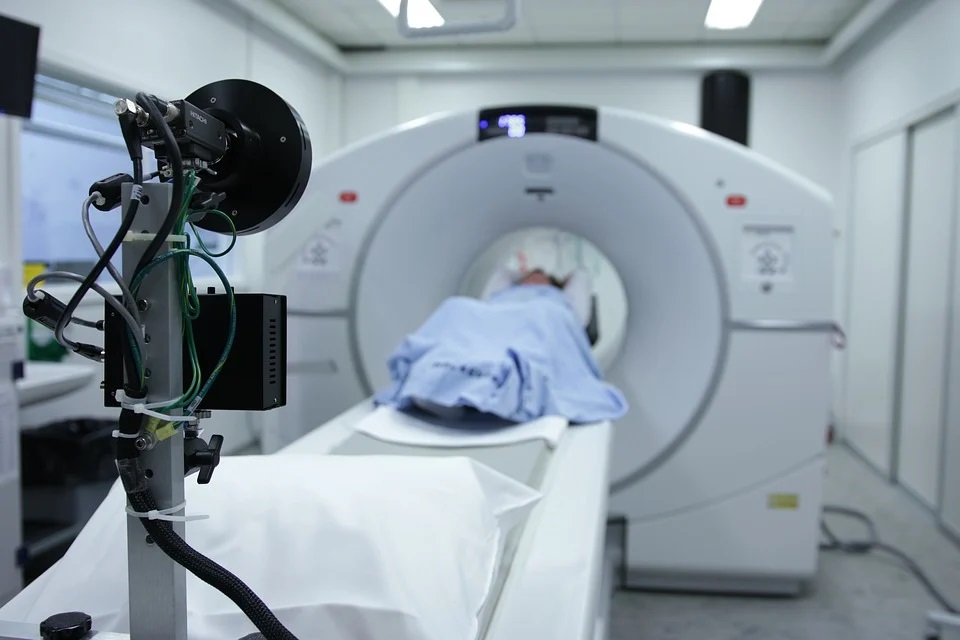
Medical malpractice claims are one of the most significant concerns doctors and healthcare facilities face, yet they are also part and parcel of the profession – which is to say that they are inevitable, even for the most responsible providers. Anyone operating a healthcare facility, then, needs to be prepared to occasionally face such claims, whether in open court or at the settlement table. At the same time, they must work to mitigate risk for patients, and today one of the best ways to do that is by employing targeted technology.
Systems For Surgical Safety
Unsurprisingly, surgical procedures are particularly likely to be linked to malpractice claims because of the potential for deadly consequences. That’s why this area is among the most likely parts of any healthcare system to see high-tech error prevention solutions. One popular example of this is in regards to foreign body retention, as leaving a sponge or towel in the body can cause lasting health problems and even sepsis.
How has technology helped mitigate the risk of foreign body retention? Today, many surgery centers only use RFID-track\ed sponges, and they all have to be scanned in and out so that there are no counting errors. If the computer shows that a sponge is missing, the surgical team must search the field, as well as the floor and other areas until it is accounted for.
Medication Verification
There are a variety of medical malpractice claims patients may bring against medical providers and facilities, including catastrophic incidents like surgery on the wrong site, as well as birth injuries, infections, and medication errors. This last category – medication errors – constitute the plurality of medical errors, but also get the least press attention.
In order to prevent medication errors, one of the best things that medical facilities can do is to perform regular medication verification and reconciliation to ensure that patients are receiving the correct treatment at all times. By pairing this process with EHRs and digital patient IDs, facilities are able to minimize medication errors.
AI Assistance
AI is the wave of the future, and that’s as true in healthcare as in any other industry. It’s no surprise, then, that one of the major ways that healthcare facilities are seeking to minimize errors is by pairing human providers – particularly surgeons – with AI assistance.
There are any number of ways to approach the implementation of AI technology, but among the leading approaches is a hardware-agnostic platform that integrates AI, computer vision, and robotics in support of human providers. These devices are able to better track surgical processes, but retain the flexibility associated with human decision-making.
Persistent Progress
There are many ways to use technology to supplement and enhance the practice of healthcare, and more tools come to market almost every day. These include everything from the kind of advanced technology outlined above, such as AI surgical assistants, to everyday tools like phone apps and wearables.
When providers and facilities make the most of the tools at their disposal, patients are safer, care is more effective, and costs are lower – and that’s good news for everyone.
